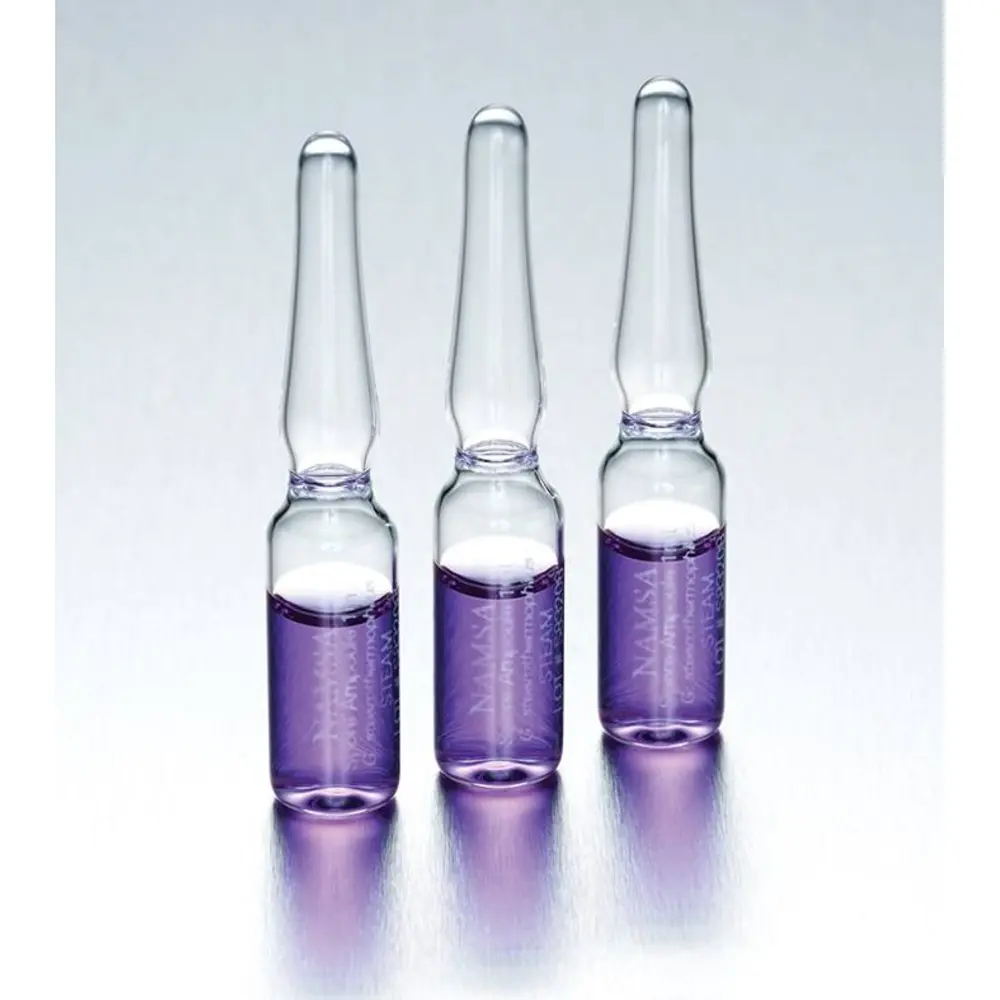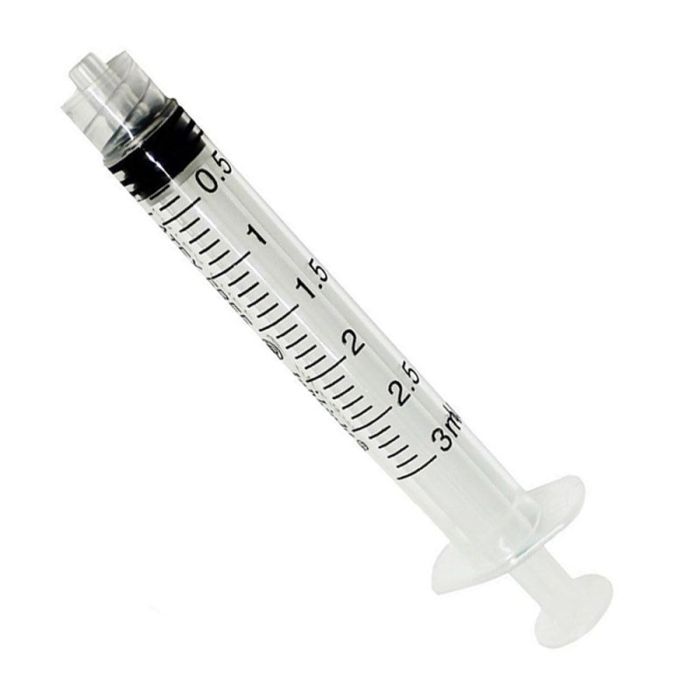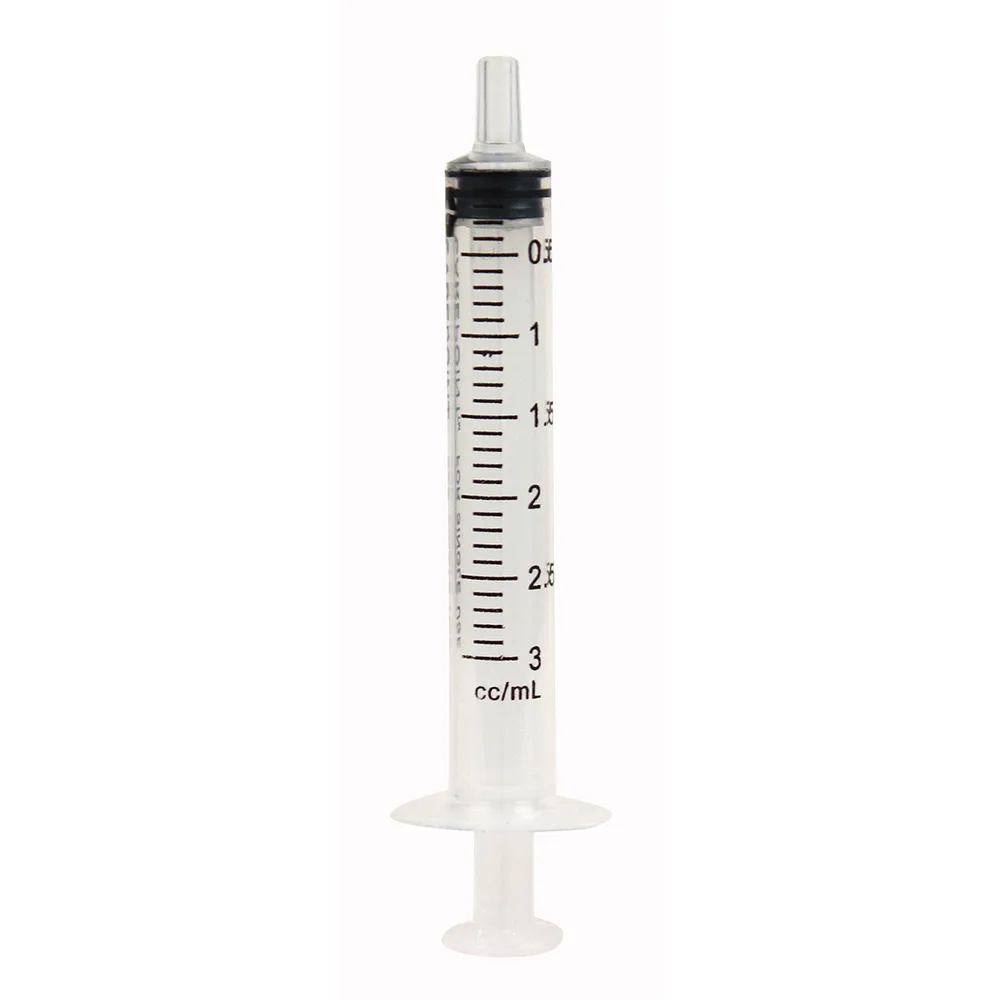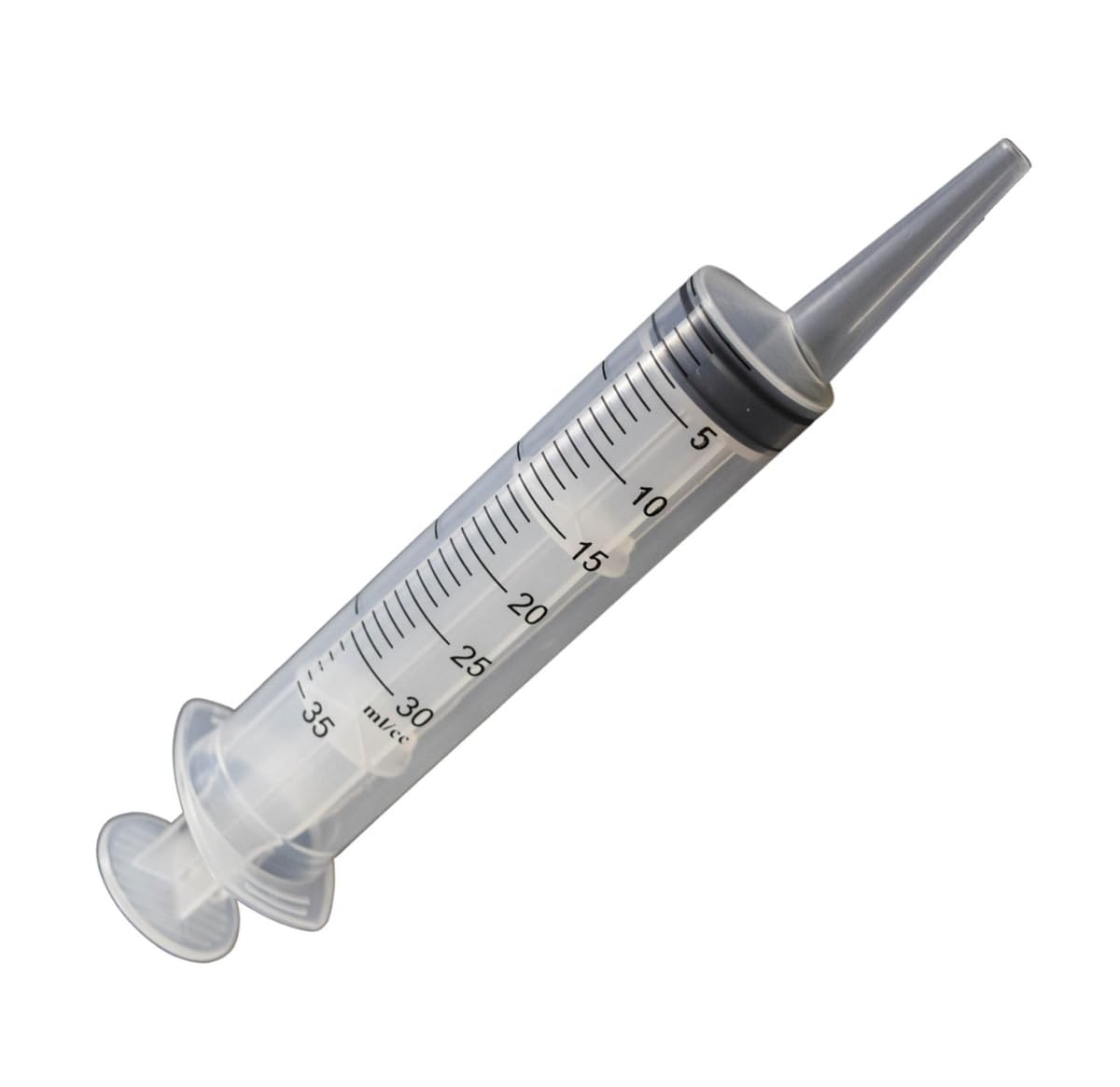Pharmacology and Pharmacy
1/153
Earn XP
Description and Tags
Name | Mastery | Learn | Test | Matching | Spaced |
|---|
No study sessions yet.
154 Terms
analgesics
a drug that relieves pain without loss of other sensations. oxymorphone (numorphan), hydromorphone, butorphanol, tramadol, fentanyl , meperidine (dermerol). pentazoline (Talwin)
anthelmintic
a group of antiparasitic drugs that expel parasitic worms (helminths) and other internal parasites from the body.
anticonvulsants
used to control seizures
antimicrobial
drugs that kill or inhibit the growth of microorganisms or microbes
antiseptics
chemical agents that slow or stop the growth of micro-organisms on external body surfaces, helping prevent infections.
bactericidal
kills bacteria; fluoroquinolones, ciprofloxacin, enrofloxacin, difloxacin, zeniquin, ofloxacin. cephalosporins, penicillins
bacteriostatic
inhibits bacterial replication; tetracyclines, xoytetracycline
bronchodilator
drugs that inhibit bronchoconstriction
controlled substance
substance with potential for physical addiction, psychological addiction and or abuse. also known as schedule drugs. logs must include receipts for purchase or sale of controlled substances and must be maintained for 2 years. Labels must have an uppercase C followed by Roman numeral which denotes the drugs theoretical potential for abuse.
disinfection
is the destruction of pathogenic microorganisms or their toxins
decongestant
reduce congestion (vascular engorement) of the mucous membrane
dose
the amount of drug administered at one time. always state the dose in units of mass not product units like tablets or capsules or volume
elixir
solution of drugs dissolved in sweetened alcohol. used for drugs that don’t readily dissolve in water so don’t dilute with water because the water will stratify into a layer separate from the elixir solution
emetics
drugs that induce vomiting. controlled by neurons in medulla of the brainstem or vomiting center. don’t use if corrosive substances or volatile liquid were ingested. apomorphine is less effective in cats. instead use xylazine (rompun, anased)
enteric coated tablet
powdered drugs encased in gelatin capsules. The coating will be protected from acidic environments, preventing it from disolving until it enters the intestine. enteric means having to do with intestinal tract
expectorants
compounds that increase the fluidity of mucus in the respiratory tract by generating liquid secretions
neuroleptanalgesia
state of CNS depression and analgesia induced by a combination of a sedative or tranquilizer and an analgesic
NSAIDs
nonsteroidal antiinflammatory medication. ibuprofen and naproxen NSAIDS are sensitive to dogs and cats, causing liver and renal failure
osmotic diuretic
mannitol (a carbohydrate sugar). a solute that osmotically retains water in the renal tubular lumen. used to reduce cerebral edema associated with head trauma and as a diuretic for flushing absorbed toxins from the body.
per os
By mouth (PO)
pharmacokinetics
describes how drugs move into, through and out of the body. it involves absorption, distribution, metabolism and elimination
positive inotropic drugs
drugs that increase the strength of contraction of a weakened heart. digoxin is the drug of choice for maintaining long term positive inotropic effects by increasing calcium. theraputic dosage is close to toxic dosage. pimobendan is both inotropic and vasodilator. dobutamine is also inotropic used for short term managment of heart failure and for shock patients when fluid therapy alone is not working
proprietary name
trade name given by manufacturer to its particular brand of drug “brand name”. Capitalize first letter. have TM
residue
an accumulation of a drug, chemical, or its metabolites in animal tissues or flood products resulting from drug administration to an animal or contamination of food products
sanitizers
substance or product that is used to reduce pathogenic agents
therapeutic range
detrimental effects are minimized and benefits are maximized. if excessive dose results in accumulation of to much drugs then drug concentrations are said to be toxic. too low and its considered subtherapeutic level. dose, dosage interval and route of administration
vermicide
used to kill intestinal worms
virucidal
kills viruses
CVM
center for Veterinary Medicine requires that drug container labels list specific items, including generic and trade names of the medication and drug dose, quantity in the drug container, name and address of manufacturer and manufacturers lot number, expiration date, instructions for use
sustained release forms
release small amounts of the drug into the intestine lumen over an extended period
suppositories
inserted into the rectum where they dissolve and release the drug to be absorbed across the membrane of the intestinal wall. intended to have prolonged absorption providing a more sustained effective drug concentration in the body
solution
liquid mixture that doesn’t settle out if left standing
suspension
drug particles are suspended but not dissolved and will settle to the bottom
syrups
solutions of drugs with water and sugar
tinctures
alcohol solutions meant for topical application.
liniments
contain drug in an oily, soapy, or alcohol base that are rubbed into the skin
lotion
drug suspensions or solutions that are dabbed, brushed, or dripped onto the skin without rubbing (poison ivy medication)
pastes
given orally, suspended in semisolid preparation that retains its state at body temp
implants
solid dosage forms that are injected or inserted under the skin an dissolve or release a drug over an extended period
injections
parenterally administered
ampules
sealed glass container. must be broken to open

most common syringe size
3, 6, 12, 20, 35, 60ml
luer lock tip

slip tip

eccentric tip

catheter tip

syringe components
plunger, barrel, hub, needle, and dead space (area in which fluid remains when plunger is completely depressed)
Tuberculin syringe
holds up to 1 ml with a 25 gauge needle. some have dead space which can throw off controlled substance calculation. those without deadspace screw in
insulin syringe
usually supplied with 25 gauge needle, has no dead space. divided into units instead of millimeters
needle length
measured from tip of the hub to the end of the shaft. lengths longer than 1 inch are used for large animals and occasionally for biopsy
components of presciption
name, address, and telephone of the person who wrote the prescription. date when it was written. Owners name, animals name, species. Rx symbol (recipe, latin for take thou). drug name, concentration, number of units to be dispensed. sig, abb of signa latin for write or label - indicating directions for the client in treating the animal. signature of person who wrote the script. DEA registration number if drug is controlled. may also require owners address and phone number
C I
extreme potential for abuse. with no approved medicinal purpose in the united states. heroin, lysergic acid diethylamide (LSD) and marijuana. can’t be prescribed by veterinarians under any circumstances.
C II
high potential for abuse. use may lead to severe physical or psychological dependence. opium, pentobarbital, and morphine. can’t be telephoned to a pharmacist or have a written order follow a verbal one in 72 hours. these prescriptions may not be refilled only new prescriptions
C III
potential for abuse but less than for C II. may lead to low to moderate physical dependence or high psychological dependence. ketamine, buprenorphine, and anabolic steroids.
C IV
low potential for abuse. may lead to limited physical or psychological dependence. phenobarbital and diazepam (Valium)
C V
low potential for abuse, subject to state and local regulation (robitussin AC, which contains small amounts of codeine)
Dose regimen
total amount of drug delivered to the animal in 24 hours times dose by the frequency of administration (100 mg four times= 400mg)
Intraperitoneal injection
administered into the abdominal body cavity and may be used when IV or IM injections are not practical (with lab animals or large quantities)
well perfused tissue
rich blood supply. active skeletal muscle, liver, kidney and brain
biotransformation
liver is primary organ used in metabolism but other tissues like lungs, skin and intestinal tract also contribute. affected strongly by dehydration, kidney, liver, or heart disease
hydromorphine
used to induce vomiting as a side effect but may also sedate and cause bradycardia.
ipecec
doesn’t induce vomiting until 10-30 min. it must pass through stomach into intestine to produce local irritation and must be absorbed so this can lead to over dosing. could use hydrogen peroxide, warm salt water, powdered mustard and water
antiemetics
decrease vomiting reflex. phenothiazine tranquilizers, acepromazine, chlorpromazine and prochlorperazine for motion sickness.
antidiarrheals
combat various types of diarrhea. narcotics like diphenoxylate (combined with atropine in Lomotil), paregoric (tincture of opium), loperamide (imodium). may mask pain that could indicate progression or resolution of disease. may cause morphine mania in cats. anticholinergics may reduce spastic colonic contractions.
cyproheptadine, diazepam, and benzodiazepine
is a serotonin antagonist antihistamine used in cats. it doesn’t work in other species. appetite stimulating drugs
vasodilators
nitroglycerin relaxes the blood vessels on the venous side of the circulation, may also help dilate coronary arterioles. well absorbed through skin and mucous membranes. enalapril, benazepril, captopril, relax smooth muscles of arterioles and veins
diuretics
drugs that increase urine output and water loss for congestive heart failure. loop diuretics such as furosemide (Lasix) produce diuresis by inhibiting sodium reabsorption. long term use can result in hypokalemia (low blood potassium level)
radioactive iodine
used to treat hyperthyroidism
oxytosin
used to increase uterine contractions
Sevoflurane, isoflurane
inhalant anesthetic had the shortest induction and recovery times
Xylazine
calming effect; decreased stimulus response; light analgesic, and emetic effects in cats
Metronidazole
antibiotic is also used to help treat Protozoa found in the intestine
Amitraz
insecticide is particularly toxic to cats
Acetaminophen
anti-inflammatory, is toxic to cats
Neutraceuticals
biologically based on herbs
glucocorticoid
steroid hormone produced by adrenal cortex used to treat pain and inflammation, overuse of these causes Cushing's Syndrome
estradiol cypionate
is an injectable estrogen used after mismating in dogs
cephalosporins
classified by generations, according to when they first developed
Lufenuron
interferes with the development of the flea's chitin, which is essential for proper egg formation and larval exoskeleton
aceaminophen
metabolites of this have severe side effects, a single extra strength tablet (500mg) can kill an average size cat and cause hepatic necrosis in dogs. can be found in over the counter cold and flu meds
Benzalkonium chloride
a common quaternary ammonium compound used to disinfect inanimate objects
insulin for dogs
NPH Humulin H, Novolin N, PZI)
insulin for cats
(Glargine, Prozinc) longer acting
Barbiturates
Long-term control of seizures; euthanasia
Yohimbine
reversal of CNS depression from xylazine and dexmedetomidine
doxapram
CNS stimulant that increases respiration
vermifuge
paralyzes the worm resulting in passing live worms in stool
iodophore and biguanides
topical antiseptics used before surgical procedures or for disinfection of tissue. combination of iodine and a carrier molecule the releases the iodine over time (polyvinylpyrolidone)
biguanides
chlorhexidine antiseptic commonly used to clean cages and to treat various superficial infections in animals used because of low skin irritation. binds to outer surface of skin for up to 24 hours if left in contact with the site
insulin
can be inactivated by violent shaking of the vial
enteric
drugs or functions related to the small intestines
gastric
drugs or functions related to stomach
colonic
drugs or functions related to the colon
enterotoxins
activated charcoal absorbs toxins to its surface, preventing them from contacting the bowel wall
PromAce
Phenothiazine tranquilizers- reduces anxiety
meclizine
Bonine
prochlorperazine
compazine
Metoclopramide
Reglan (antiemetic that is also local antiemetic activity. used for animals with slow gut motility
Diphenhydramine
Benadryl
Dimenhydrinate
Dramamine